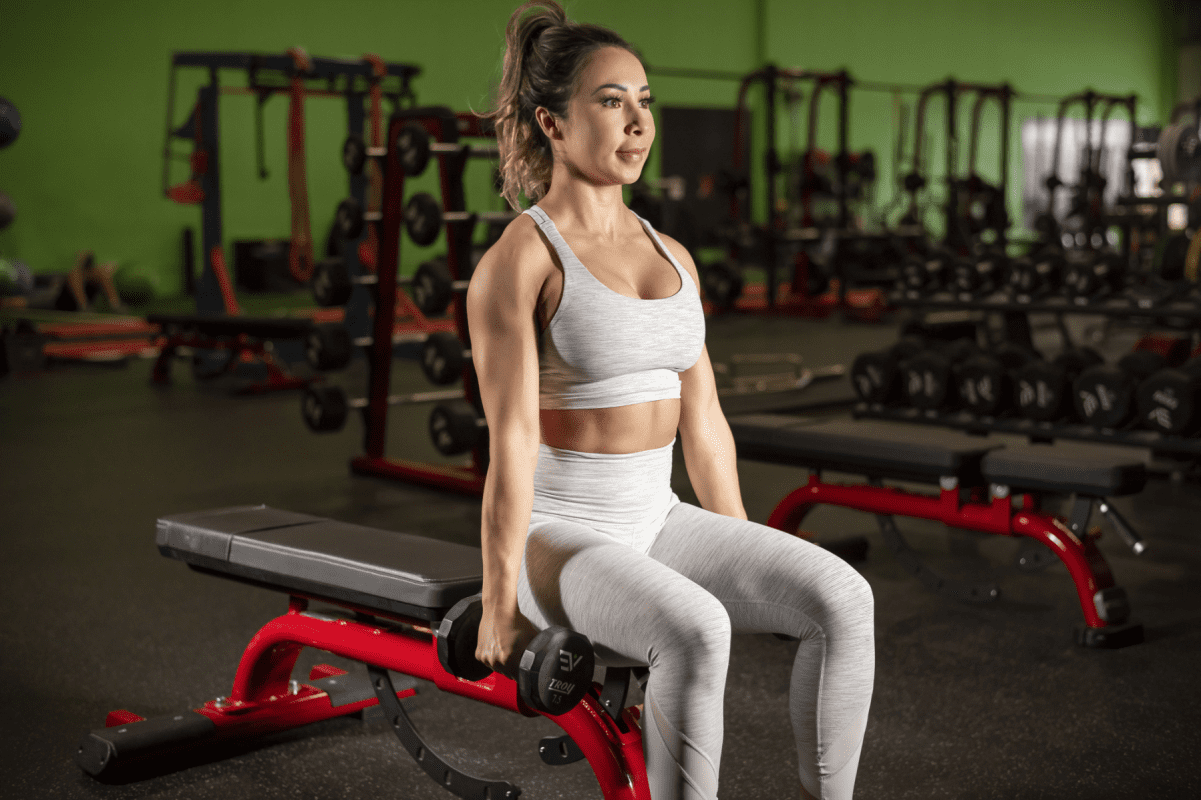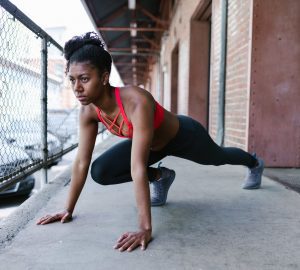You stroll into the gym with that crazy look in your eye. It’s shoulder day again and you are about to go all in on your deltoids. As you push past the doors you chant to yourself, “shoulders like boulders…” You have repeated this mantra before every shoulder workout this year. Training your shoulders has become your ultimate fixation as you spend your time away from the gym fantasizing about having 3D delts with more angles than a crystal prism.
As you get ready for your training session you catch a glimpse of yourself in the mirror. Your shoulders look about as deflated as a helium balloon from last years birthday. It suddenly dawns on you that you don’t know anything about proper shoulder training.
If your shoulders feel underdeveloped then this article is for you.
Shoulders are an important muscle group. The three heads of the shoulder actually have a function aside from making your physique look bad ass. The anterior deltoid is required for humeral flexion, the lateral deltoid is used for humeral abduction and the posterior deltoid for humeral extension (basically moving your arm forward, to the side and backwards). Ok, that’s enough anatomy, lets go back to the real reason you are at the gym: epic shoulder growth.
Here are my four favourite shoulder exercises to help you training your shoulders for proper foundation:
1. Barbell Overhead Press
A well-executed overhead press starts with a solid setup. Let’s talk about the orientation of the body from the bottom to the top. Begin with your feet in a bilateral stance. This will ensure the most optimal recruitment of the core. Grip the floor with your feet making sure the pinkie toe, big toe and heel are all in contact with the ground. Slightly bend the knees and externally rotate the femur to turn the glutes on. Now your lower body is consolidated. Take a bracing breath and draw the ribs down. Your ribs must stay down for the duration of the set. Brace the abdominal wall. Engage your lats to create a shelf which will act as a springboard for the triceps. Grip the barbell tightly with your hands slightly outside shoulder width. The optimal grip width for strength development occurs when the humerus sits 45 degrees to the torso in the bottom position. If the bar can be lowered to the upper chest, do so.
At this point you can try to bend the barbell to create the necessary tightness in the lats. Extend your head backwards so the bar can move upwards in an unrestricted fashion. Use a full grip, not an open grip to help enhance neural drive. Maintain a straight line between the wrist and elbow as the weight is moved upwards. Execute each rep as fast as possible while avoiding hyperextending the elbows in the top position.
2. Dumbbell Supported Shoulder Press – Neutral Grip
Since barbell work is always performed with a pronated grip it is in your best interest to attack a lot of your dumbbell shoulder work with a neutral grip. This helps you to avoid pattern overload syndrome (think repetitive stress = increased injury risk). A neutral grip also supports improved growth as you stimulate the recruitment of fibers not used with a pronated grip.
Prop up the backrest completely on an incline bench and take a seat with your dumbbells. Keep your head upright and pinned to the bench. Maintain a straight gaze. Take a bracing breath and draw ribs down. Ribs must stay down for the duration of the set. If you can feel your midback remain on the bench you know your ribs aren’t flaring. Brace the abdominal wall and hold the dumbbells beside your shoulders with your palms facing each other. Try to maintain the distance between your elbows as you move the weight through its full range of motion. This part requires some skill. Reverse the motion with all of the same considerations.
3. L-Lateral Raises
I believe everyone needs to master the L-Lateral raise before moving into standard lateral raises. This is because most people fail to properly recruit their lateral deltoid when doing lateral raises. The L-Lateral Raise helps to train both proprioception and connectivity to this muscle.
Sit unsupported on a bench. Hold a weight lighter than what you would typically use for a lateral raise. With a neutral grip curl the weight up to form a 90-degree angle at the elbow joint. Elevate the elbows until they are inline with the shoulder. Extend the forearm until it is in-line with the elbow. Lower the weight for a count of three. Repeat for each rep of your working set.
4. Neutral Grip Prone Raises 30 Degree Incline
Can’t feel your posterior deltoid? You may have never tapped into them. I find using this exercise far superior to bent over shoulder raises where I often observe poor recruitment of the posterior deltoid.
Set an incline bench at 30 degrees. Lie prone on the bench. Grasp two dumbbells retracting the scapula. Raise the weight until the thumb is in line with the ear. Lower the weight back to starting position. Repeat this sequence for each rep of your working set.
For the detailed workout complete with photos for training your shoulders, check out the November 2019 edition of YEG Fitness
By Naomi Sachs









